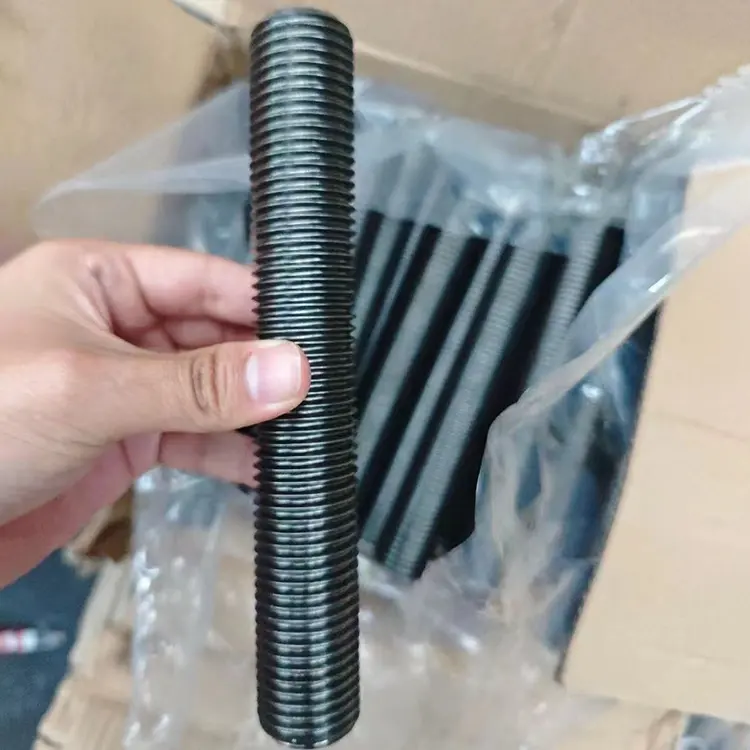A stud bolt is a mechanical fastener that is widely used in various industries, especially in construction, automotive, and piping systems. The DIN 935 specification refers to a hexagonal slotted nut, which is commonly paired with a stud bolt to create a reliable and sturdy connection. In this context, the term “stud bolt DIN 935” typically implies the use of a stud bolt with a slotted nut as per the DIN 935 standard.
What is a Stud Bolt?
A stud bolt is essentially a threaded rod with no head, which usually has threads on both ends. It is used to join two components by being inserted into a pre-drilled hole, and nuts are fastened on both ends to ensure a secure connection. Stud bolts are highly reliable, often used in applications where disassembly may be required, like in flanged connections in piping systems.
DIN 935 Nut
The DIN 935 standard defines a hex slotted nut with slots cut into its surface. This type of nut allows for a cotter pin or locking mechanism to be inserted through the nut and the bolt’s shaft, preventing it from rotating or loosening. This feature is particularly important in applications requiring additional security, like high-vibration environments (e.g., automotive or machinery industries).

Applications of Stud Bolt DIN 935
Stud bolts paired with DIN 935 nuts are widely used in:
- Pipeline installations: They secure flanges in oil and gas or chemical plants.
- Automotive: Used in engines, exhaust systems, and other high-vibration parts to prevent loosening.
- Structural connections: Critical in building bridges and other infrastructure that needs to withstand heavy loads and vibrations.
Materials and Coatings
Stud bolts and DIN 935 nuts come in various materials and coatings depending on the application. Common materials include:
- Carbon Steel: For general use.
- Stainless Steel: For corrosion-resistant applications.
- Alloy Steel: For high-temperature or high-strength applications.
Coatings like zinc plating or hot-dip galvanizing (HDG) are often applied to protect the stud bolt and nut from corrosion, particularly in outdoor or harsh environments.
Importance of Torque
One key consideration when installing a stud bolt with a DIN 935 nut is the torque applied during tightening. Proper torque ensures that the connection is secure without overstressing the material, which could lead to deformation or failure. In high-stress applications, it’s essential to follow torque guidelines to ensure the longevity and safety of the connection.
Conclusion
The stud bolt with DIN 935 slotted nuts provides a robust and secure fastening solution for numerous industrial applications. By offering a combination of strength, flexibility, and security, they are integral in environments where vibration and stress are factors, ensuring reliable and lasting connections.